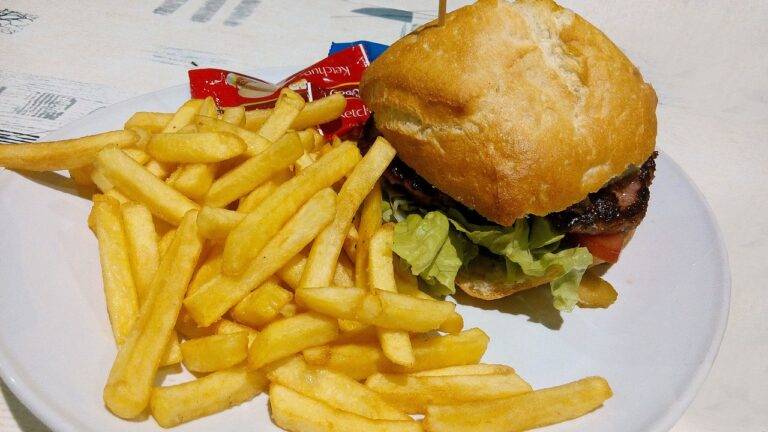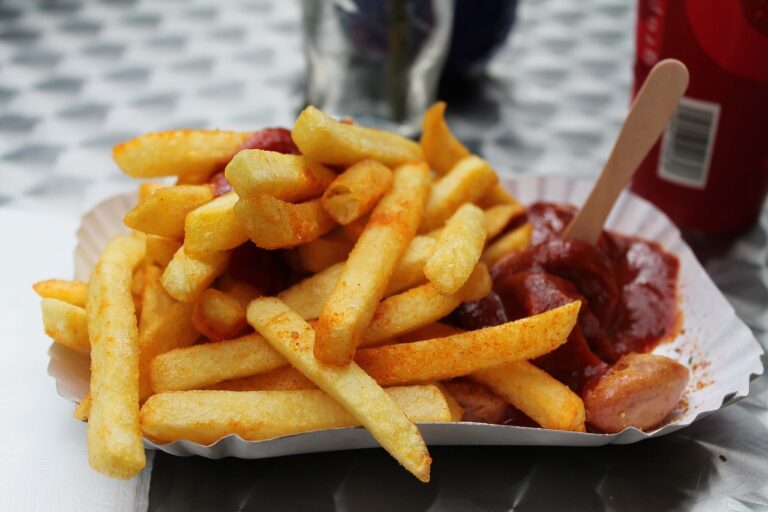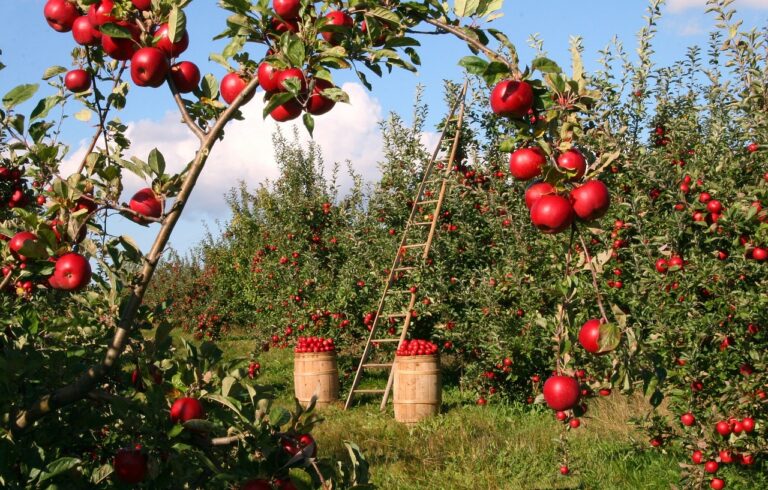3D Food Printing: The future of customized food creation.
1xbet, Llotus365: 3D food printing is a cutting-edge technology that involves the creation of edible items through the use of a specialized printer. This innovative process allows for the customization of food products by using various ingredients to produce unique shapes, textures, and flavors. Unlike traditional cooking methods, 3D food printing offers precise control over the composition and presentation of dishes, leading to endless possibilities in the culinary world.
The process of 3D food printing typically begins with the selection of a digital design or recipe, which is then translated into instructions for the printer. The printer deposits layers of edible material, such as dough, purees, or proteins, according to the specified design, gradually building up the final product. This layer-by-layer approach enables the creation of intricate shapes and structures that would be challenging to achieve manually, making 3D food printing a game-changer in the realm of food production and presentation.
How Does 3D Food Printing Work?
3D food printing operates by layering edible materials to build a three-dimensional food product. This intricate process involves the usage of food materials that are loaded into a specific 3D printer designed for culinary purposes. These printers utilize a digital design file as a blueprint to guide the deposition of layers and create the final food item.
As the 3D printer receives instructions from the digital file, it precisely dispenses layers of edible ingredients onto a build platform. The layering process is repeated multiple times until the final food product is fully constructed. This method allows for the customization of food shapes and textures based on the digital design, offering endless possibilities for culinary innovation and creativity.
• 3D food printing involves layering edible materials to create a three-dimensional food product
• Food materials are loaded into a specialized 3D printer designed for culinary purposes
• A digital design file is used as a blueprint to guide the deposition of layers
• The printer dispenses layers of ingredients onto a build platform based on the digital design instructions
Benefits of 3D Food Printing
One of the key advantages of 3D food printing is the ability to customize food according to individual preferences and dietary restrictions. This technology enables the creation of personalized nutrition plans by adjusting the ingredients, textures, and flavors of the printed food items. With 3D food printing, it becomes possible to cater to specific dietary needs, such as gluten-free, vegan, or high-protein diets, offering a more tailored and convenient food experience for consumers.
In addition to customization, 3D food printing has the potential to reduce food waste by optimizing the amount of raw ingredients used in the printing process. By precisely controlling the quantity of materials used to create food items, this technology minimizes excess production and helps in the conservation of resources. Furthermore, 3D food printing offers opportunities for innovative food design and presentation, enhancing the dining experience and pushing the boundaries of culinary artistry.
What is 3D food printing?
3D food printing is a form of additive manufacturing that involves creating three-dimensional objects using edible materials.
How does 3D food printing work?
3D food printing works by layering edible ingredients on top of each other to create a desired shape or design. The printer follows a digital blueprint to create the final product.
What are the benefits of 3D food printing?
Some benefits of 3D food printing include customization of food products, precise portion control, reduction of food waste, and the ability to create complex and intricate designs that would be difficult to achieve by hand.







